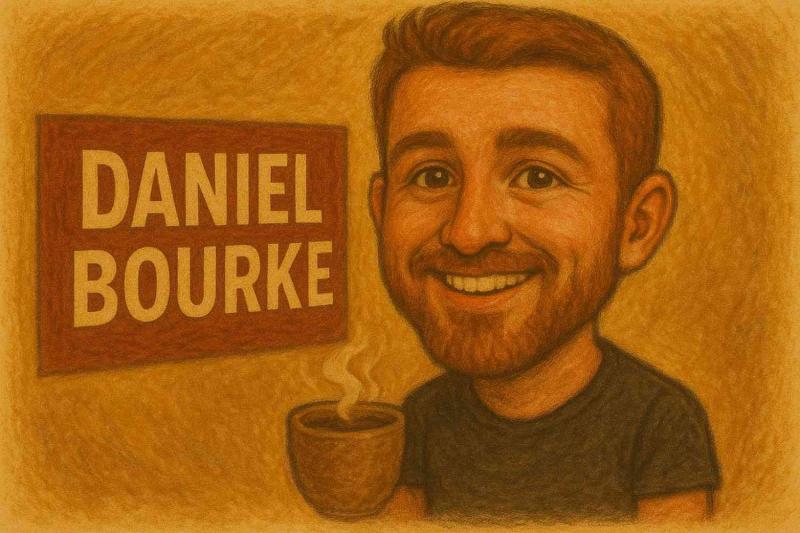Stephanie Kwolek: The Quiet Chemist Who Wove Modern Safety
Introduction: The Unlikely Hero Behind Every Bulletproof Vest
You'd think the person behind one of the most game-changing safety inventions would be a larger-than-life character—someone who loved danger, adrenaline, or at least wore a cape. Instead, it was Stephanie Kwolek: a soft-spoken chemist at DuPont who, with the curiosity and tenacity of someone who never lost her childhood sense of "but why?", wound up creating Kevlar. Her invention? It didn’t just keep a few people safer. It redrew the lines of personal and industrial protection, and by extension, saved more lives (and probably more careers) than we can count.
I’ve written about plenty of inventors, but it’s the quiet, persistent ones like Kwolek who really stick with me. I mean, when was the last time any of us thanked a synthetic fiber for our safety? Today, let's fix that oversight.
Scientific Achievement: The Accidental Discovery in a Lab Coat
Let’s set the scene: Stephanie Kwolek joined DuPont in the 1940s, back when chemistry was often more guesswork than spreadsheet. She was one of the few women in her lab and—above all—she was focused on the chemistry, not the glory.
In 1965, Kwolek was deep in the hunt for materials that could replace steel in tires. She whipped up a batch that looked… honestly, unimpressive—cloudy and runny, not the strong fibers DuPont folks expected. Most would have tossed it. Not Kwolek. She pushed it through a lab spinnerette and—lo and behold—the resulting fiber was not only light as a whisper, but also staggeringly strong. Five times stronger than steel by weight. Try to snap Kevlar, and you’ll be there for a while. Probably forever.
She didn’t just stumble into a lucky accident. She recognized the value in the unexpected, followed up, and pressed her skeptical colleagues to take a closer look. It’s easy, in hindsight, to call this a “breakthrough”. In reality, it was careful science, lots of “hm, that’s odd…”, and the relentless follow-through of someone who refused to ignore what everyone else would have written off.
Kevlar, as it came to be called, rewrote the rules for safety gear. The phrase "bulletproof vest" became everyday language instead of just movie jargon.
Commercial Impact: Kevlar Shows What Happens When Chemistry Gets Real
What followed reads like a business miracle. DuPont launched Kevlar, and before the ink was dry on the first product label, law enforcement and the military were lining up. The reason was obvious: compared to old-fashioned steel or tough leather, Kevlar offered lightness combined with jaw-dropping resilience. Police officers could wear vests like Second Chance and Safariland without feeling like medieval knights. Soldiers got helmets, gloves, and tactical gear made from this wonder fiber. The competitive products—Twaron, for example—came later, but none unseated Kevlar’s throne.
And that’s not all:
- Motorbike gear brands like Alpinestars and Dainese started weaving Kevlar into their jackets and jeans, making protection against high-speed slides something you could still breathe in.
- In aerospace, NASA picked Kevlar for spacesuit layers and cables. You don’t win NASA unless your stuff is next-level tough.
- The world of books? Check out "The Woman Who Invented the Thread That Stops Bullets" for a deep look at Kwolek and her fiber's wild journey.
- Industrial applications? Ropes, cables, gloves—if you’ve handled a cut-resistant kitchen glove (try Slice or Ansell), there’s a good chance Kevlar’s in the mix.
Here’s a twist: Kevlar’s not just for defense. Its chemical structure also makes it a crucial part of products ranging from fiber optic cables to 5G infrastructure, even sports equipment like the strings in high-performance tennis racquets. That’s an outsize cash-cushion for DuPont, and—like any blockbuster ingredient—Kevlar’s commercial legacy is still rolling, decade after decade.
Current Legacy: Where’s Kevlar Now? Still Everywhere
Is Kevlar still a big deal? Absolutely. Sure, competitors and newer materials keep popping up (the world of material science loves a good challenge), but Kevlar’s staying power comes down to a mix of reputation, reliability, and the fact that it just keeps doing its job better than almost anything else out there. It can even stand up to fire and chemicals—with uses in firefighter gear as found in Honeywell’s Morning Pride suits.
And don’t forget education—courses on material science, like those offered by Coursera and Udemy, always bring up Kevlar as a case study in scientific surprise leading to world-changing reality. Trade kit manufacturers like 3M still highlight Kevlar when teaching workplace safety. It's not just a fiber; it's a standard.
You’ll also find Kevlar in modern consumer gadgets, like smartphone cases from Spigen or UAG. That’s practical science. Unsung, but omnipresent.
Conclusion: The Strength in Curiosity—and the Celebration That Never Quite Came
Long story short? Stephanie Kwolek wasn’t after fame. She didn't go on a talk show victory lap, and she often underplayed her celebrity in the chemistry world. But when you look at what she accomplished—a single invention that forever altered how we keep people and infrastructure safe—it’s fair to say her curiosity and persistence left a mark that money can’t measure.
Maybe the next time you see a cop, a construction worker, or someone cutting veggies with a sharp knife and not flinching, you’ll remember the woman in the lab coat who decided to pay a little extra attention to a cloudy solution one afternoon.
And if you’re seeking inspiration to keep going when your own “breakthrough” seems unlikely? Think of Kwolek. Sometimes, the world-changer shows up in glasses and sensible shoes—and sometimes she’s the reason we all get to feel a little safer.



